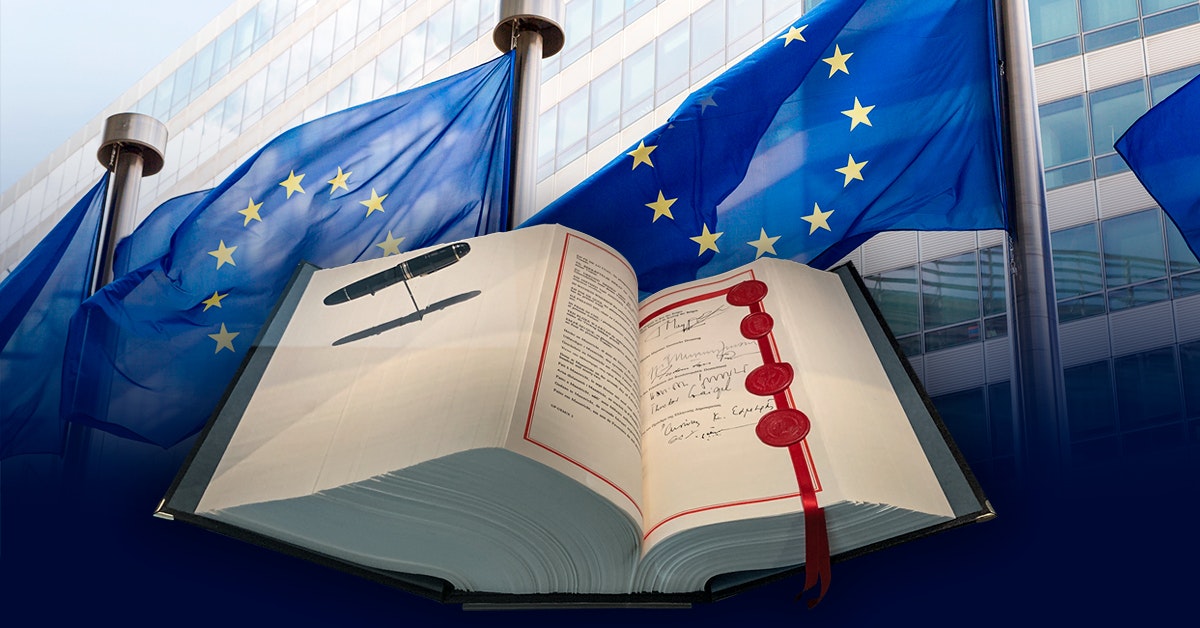21-22 June 1993: Copenhagen Criteria
At the EU summit in Copenhagen, the so-called Copenhagen criteria are decided.
Member States agree that candidate countries must meet a number of accession criteria to become members of the European Union. These include demands for democracy, rule of law, human rights and protection of minorities. These requirements were later expanded at the EU summit in Madrid in 1995.
1 January 1995: Austria, Finland and Sweden become members of the European Union
Sweden joined in 1995 after holding a referendum in which 52.3 percent of those who voted said yes to EU membership. A total of 15 countries are now members of the European Union.
Norway had also applied for membership, but in a referendum in 1994, 52.2 percent voted no to EU membership. It was almost a repeat of the 1972 membership referendum. Then 53.5 percent of Norwegians voted no to EC membership.
10-11 December 1999: Turkey is recognized as a candidate country
Turkey applied for membership in 1987, and in 1999, at the European Council meeting in Helsinki, Turkey was recognized as a candidate country for the European Union. This means that EU countries have a positive attitude towards the political developments taking place in the Turkish state.
However, Turkey is not considered to meet the Copenhagen criteria. According to these, EU member states should be characterized by “democracy, rule of law, human rights and stable institutions guaranteeing respect and protection of minorities”.
It was only in October 2005 that EU member states and Turkey began accession negotiations. However, since June 2018, negotiations have been on hold. General political unrest in Turkey and continued failure to meet the Copenhagen conditions have prevented substantive negotiations.
1 January 2002: Launch of the Euro currency
11 EU countries agreed to introduce a common currency (the euro) on January 1, 1999. In 2001, Greece joins the so-called Eurozone, and many other countries join the following year. From 1999, banks started using the currency for larger transactions, and by 2002 both coins and notes were in circulation. Euro notes look the same in all countries, but the coins have a slightly different look with the national symbol on one side.
Which countries use Euro as currency?
Belgium, Cyprus, Estonia, Finland, France, Greece, Ireland, Italy, Croatia, Latvia, Lithuania, Luxembourg, Malta, Netherlands and Portugal have today abandoned their national currencies in favor of the common currency Euro. , Slovakia, Slovenia, Spain, Germany, Austria and Austria. Sweden held a referendum on the euro in 2003, where a majority of voters said not to leave the Swedish currency.
1 January 2004: Eastern enlargement – 10 new member states
Estonia, Latvia, Lithuania, Poland, Slovakia, Slovenia, Czech Republic, Hungary, Cyprus and Malta join the EU.

“Passionate beer ninja. Extreme problem solver. Thinker. Professional web fan. Avid communicator. Hardcore troublemaker.”







More Stories
Mockingly mocking in the UK is illegal
Harvesting early and small peas in Britain
Saab is supplying the British Army with a new generation of Arthur radar